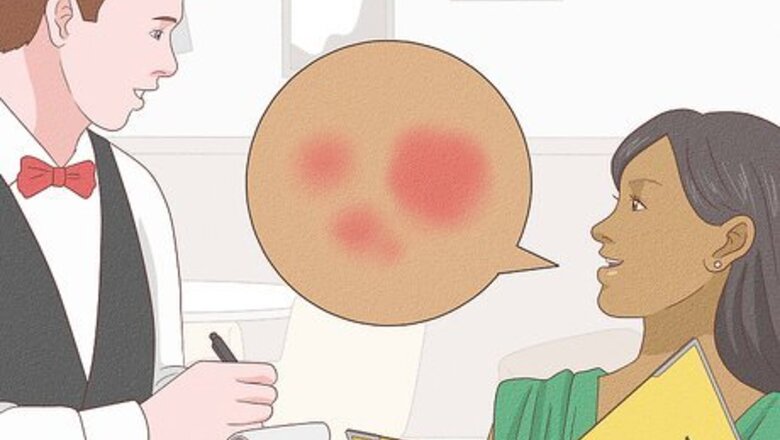
views
Communicating with Restaurant Staff
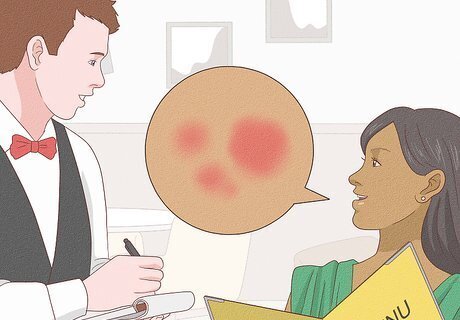
Ask the restaurant staff how they deal with food allergies. You’ll have a better chance of avoiding a problem if the restaurant you visit already has a plan in place for accommodating diners with allergies. When you arrive, find out if the staff has dealt with allergies before and what their strategies are for keeping their customers safe. You can also look up the restaurant online or call ahead to find out if they have any allergy-friendly items on their menu. Try asking things like, “Are you willing to serve people with food allergies at your restaurant?” or “How do you train your staff to deal with allergies?”
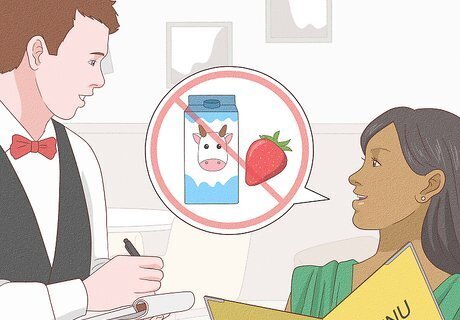
Explain clearly what your needs are so there’s no confusion. When you talk to the staff at the restaurant, tell them exactly what your allergies are. To make it easier, choose a specific item on the menu and ask about what the ingredients are. Explain exactly which ingredients you’d need to avoid in order to be able to eat that item. For instance, you might say, “I’d like to have the Belgian waffles, but I’m allergic to milk and strawberries. Can you make the batter dairy free and leave off the fruit topping and whipped cream?”
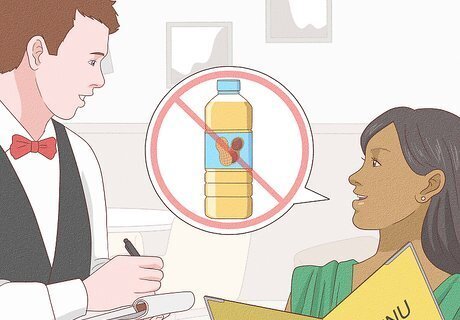
Discuss how the foods are prepared so you can avoid hidden allergens. Sometimes you can get an allergic reaction if you eat food prepared with utensils or on surfaces that touched your allergen. If you have nut allergies, you may also need to avoid certain kinds of cooking oil, such as peanut oil. Talk to the restaurant staff about what measures they take to avoid these kinds of risks. For example, ask things like, “What kind of cooking oil do you use?” or “Can you prepare my meal with separate utensils and cutting surfaces?” It’s also a good idea to ask if the meals are made from scratch with fresh ingredients or if the restaurant serves pre-packaged food. If they cook everything themselves, they’ll have more control and knowledge of what’s in the food and how it was made.
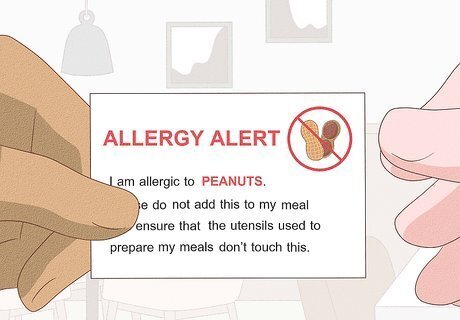
Bring a “chef card” with your allergy information on it. A chef card is a card that lists all your allergies and has special instructions for the kitchen staff on how to prepare your food. When you get to the restaurant, give your card to whoever will be cooking your meal. You can download chef cards in several languages from the Food Allergy Research & Education website: https://www.foodallergy.org/resources/food-allergy-chef-cards.
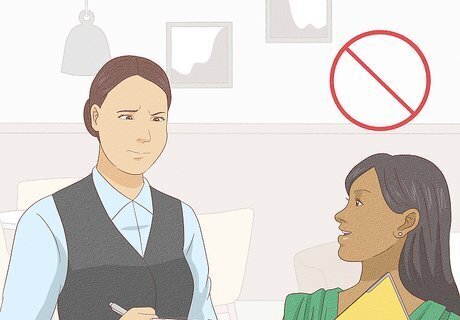
Avoid eating at a restaurant if the staff seems uncomfortable with your requests. If the people you talk to seem uncertain, annoyed, or insincere about wanting to accommodate you, don’t take the risk. Trust your instincts and choose a different restaurant. Watch out for warning signs, like the chef or manager saying “I don’t know” when you ask them what’s in a particular dish or how it is prepared.

Make sure the manager communicates directly with the kitchen staff. Even if you explain everything clearly to the manager or your waiter, it won’t do much good if they don’t pass the information along to the people preparing your food. Ask the manager how they plan to coordinate with the people involved in making your meal. You could even ask for them to bring the chef to your table so you can have a conversation with both of them at once. Say something like, “Would it be okay if I talk to the person who will be cooking my meal, too? I just want to make sure they understand what I need.” Talk to your server about your needs and expectations, too. The more people you communicate with about your allergies, the better the chances that your meal will be prepared safely.
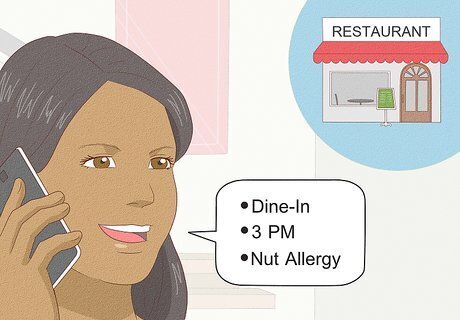
Call ahead before you dine if you have severe allergies. If you have a life-threatening food allergy, it’s a good idea to contact the restaurant ahead of time and let them know you’re coming. This is a good opportunity to ask questions about how they accommodate customers with food allergies and give them a chance to make special preparations for your arrival. If possible, call between peak dining hours so the staff will have more time to talk to you and answer your questions. For example, you might try calling between 2:00pm and 4:00pm, which is between the lunch and dinner rush periods. Let the manager or chef know when you plan to arrive and give them your name. Ask if the person you spoke to will be present when you get there so that they can oversee your meal preparation.
Making Safe Dining Choices

Pick a time to eat when the restaurant won’t be too busy. If the staff is overwhelmed and rushing to get meals out to lots of customers, there’s a greater chance they’ll make a mistake. Try to dine out during the down times between meals, like in the late afternoon between the lunch and dinner hours, or early in the morning right after they open. The kitchen will also be cleaner at the beginning of any serving period, which reduces the chance of cross-contamination. You might find it helpful to call ahead and ask when the restaurant tends to be least crowded.
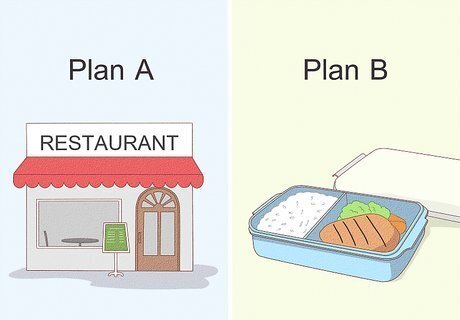
Make a backup plan for an alternate meal before dining out. If anything makes you uneasy once you arrive at the restaurant, it’s best not to take the chance of eating their food. Be prepared to eat at another place you feel more comfortable with, or bring some safe food with you just in case. Many restaurants don’t permit patrons to bring in outside food. However, they may be legally required to relax those rules for people with allergies due to public accommodation laws.
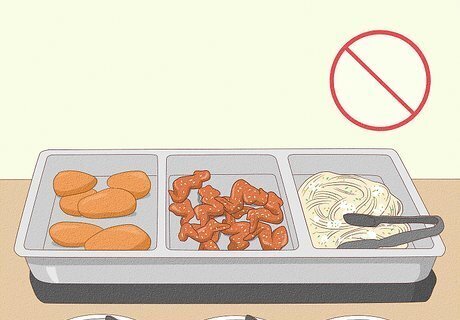
Stay away from buffets and salad bars to avoid cross-contamination. Unfortunately, it’s all too easy for ingredients to mix and mingle in a salad bar of buffet. Keep yourself safe by ordering off the menu instead of going for self-serve options. For the same reason, it’s a good idea to stay away from bakeries. There’s a strong possibility that items served there will have come into contact with allergens in the kitchen or display case.
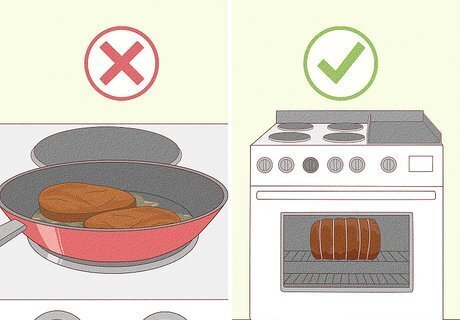
Be cautious of eating fried foods to avoid dangerous oils. Fried foods are at high risk for cross-contamination, especially if the restaurant cooks some items in oils that you are allergic to. Stick to items that have been cooked with less risky methods, like roasting or steaming. Always ask whether an item is prepared with oil, just in case. If so, ask what kind of oil is used or if you can see the label.
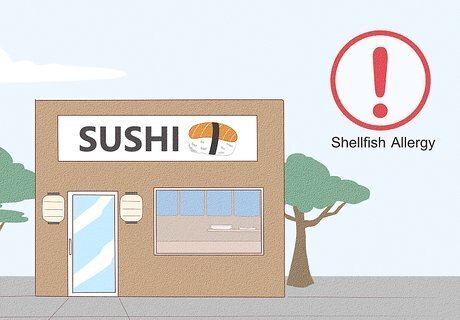
Avoid restaurants that specialize in items you’re allergic to. Even if there are items on the menu that are safe for you, you don’t want to take the risk that your meal might be contaminated by something you’re allergic to. It’s safest to steer clear of any place where most of the menu is off limits for you. For example, if you have a shellfish allergy, avoid eating at sushi or seafood restaurants.
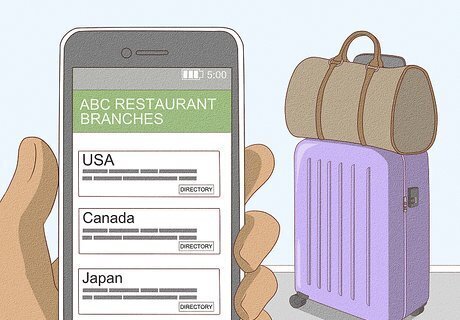
Stick to familiar chain restaurants if you’re traveling. One advantage of chain restaurants is that their ingredients and food preparation procedures tend to be the same from one location to another. If you’re on the road and don’t have time to investigate all the restaurants around you, stick to places you’re already familiar with so you can order meals you know are safe. Don’t assume that every location will be exactly the same, however. It’s still a good idea to call ahead or ask questions when you arrive, just in case.
Dealing with Allergic Reactions
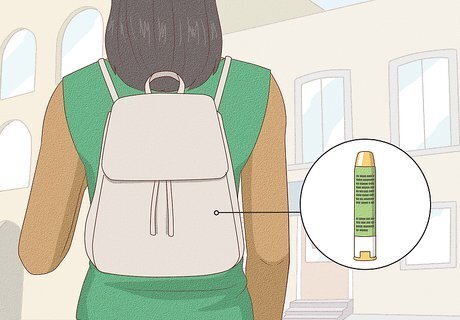
Bring your epinephrine injector with you whenever you dine out. Even if you’ve taken every possible precaution, accidents can still happen. Before eating out, always make sure you have your epinephrine injector and any other prescribed allergy medications with you. Check your injector to make sure it’s still fresh, and review how to use it if you’re not sure. If you have an allergy ID bracelet or other ID jewelry, consider putting it on before you go to the restaurant.
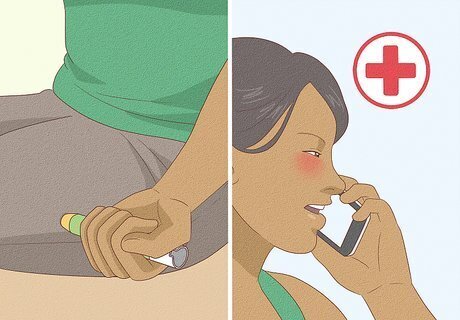
Use epinephrine and call emergency services if you have a severe reaction. If you’re experiencing symptoms of a severe reaction, don’t hesitate. Use your epinephrine injector, then call your local emergency number or have someone call it for you. If you only have a mild allergy, take an antihistamine or other allergy medication as prescribed by your doctor. However, you should still monitor your reaction closely in case it unexpectedly gets worse. Signs of a severe allergic reaction include difficulty breathing, wheezing, swelling of your face, lips, tongue, or throat, dizziness, hives and itching, a rapid heartbeat, nausea or vomiting, pale and clammy skin, confusion, and fainting.
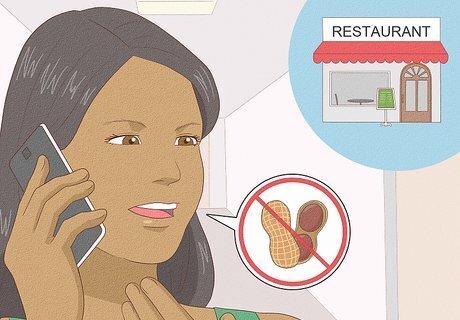
Inform the restaurant management about your experience once you’re safe. Once your reaction is under control, contact the restaurant management to inform them of what happened. This will give them an opportunity to investigate the problem and take steps to make sure it doesn’t happen again. You can also report the incident to your local Department of Health. They can investigate the incident and work with the restaurant to enforce better food safety practices.










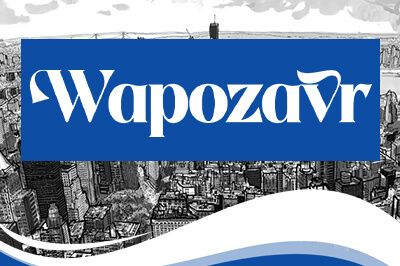
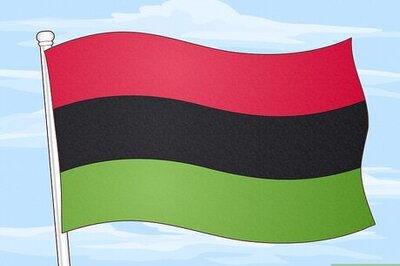
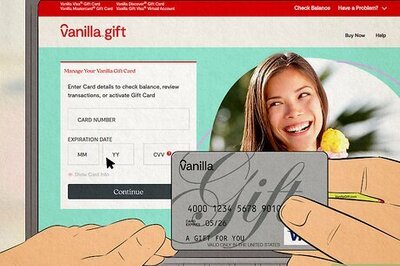
Comments
0 comment